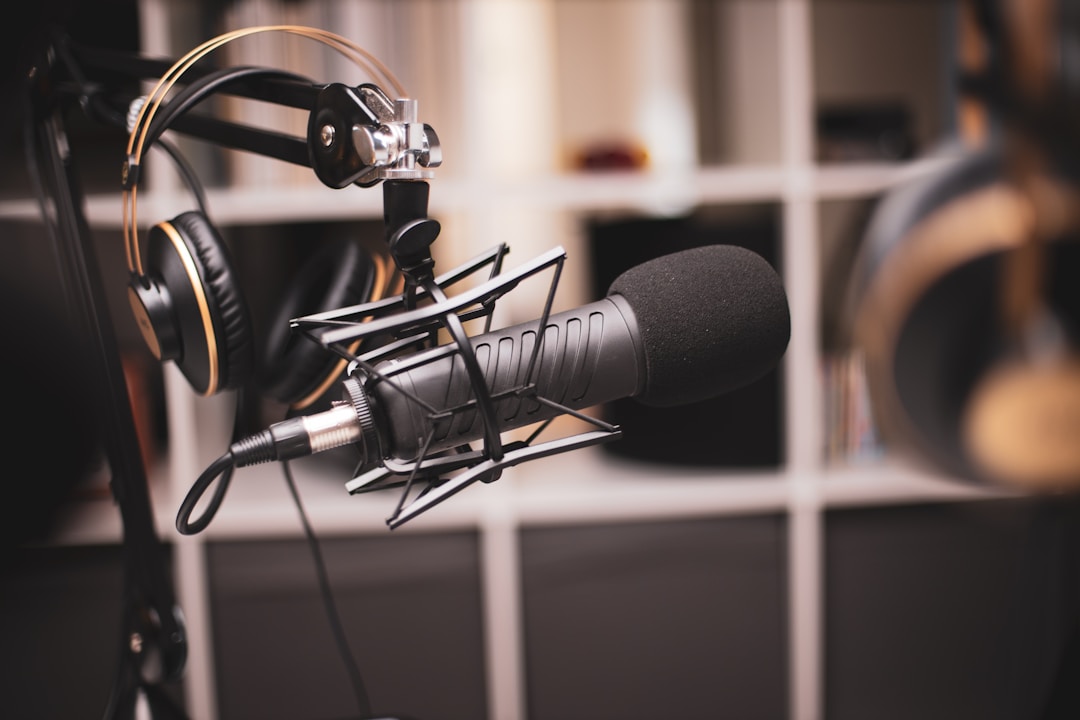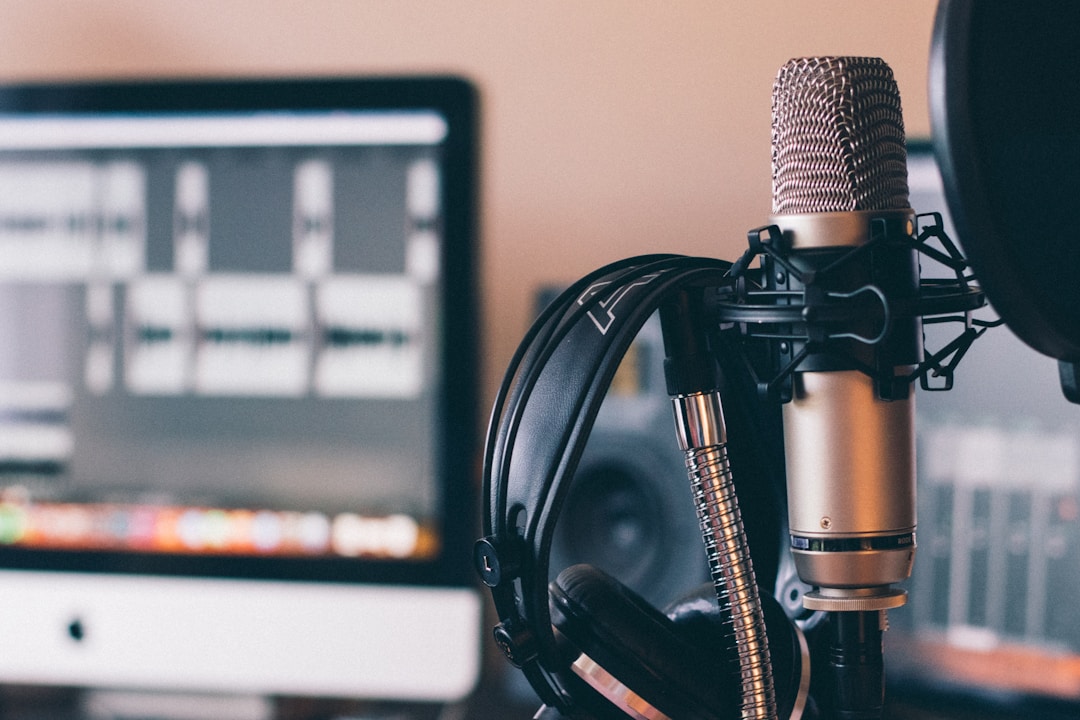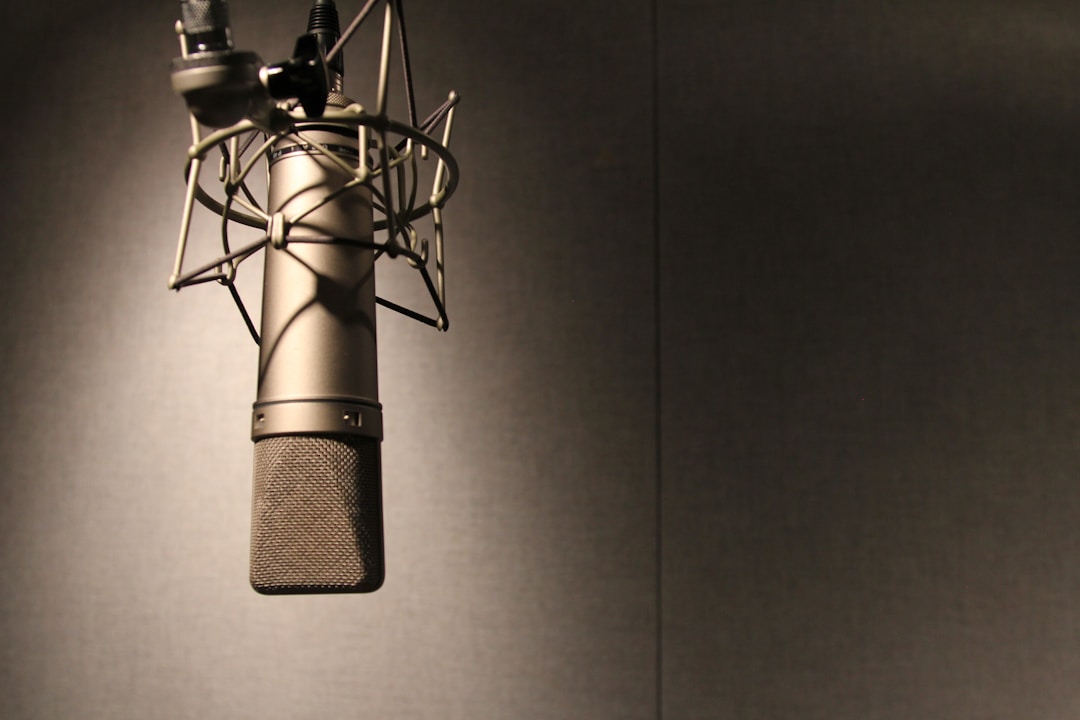In the dazzling world of sound engineering, a microphone stands as an instrumental beacon, a catalyst of the audio realm. Bridging the gap between sound sources and auditory perception, the microphone empowers us to transform sonic prowess into accessible, replicable formats. Rooted in the heart of performance, dialogues, music recordings, broadcasting, and digital communications—microphones encapsulate the essence of sounds, enveloping both their turmoil and tranquility. As we delve deeper, we explore the vast array of microphone types, lending a fresh perspective to what lies behind the scenes in the audio industry.
A Brief History of Microphones

The genesis of microphones harks back to an era when the telephone was a novelty. Invented by Emile Berliner in 1876, the first microphone was crafted as a transmitter for the telephone. This initial model was shortly superseded by Thomas Edison’s carbon microphone which evolved into being the longstanding industry standard until the advent of the condenser microphone. The narrative of microphones is indeed an enthralling tale of scientific curiosity and innovation, ideated by profound minds, striving towards harnessing sound, and taming it into comprehensible signals.
Today’s microphones cater to distinct domain requirements, from recording studio purposes, field recording, and surveillance, to popular live events. In the midst of all variety, one popular and versatile option stands out—the Lavalier microphone. Known for its compact size and exceptional sound quality, it is widely used in interviews, presentations, and theatrical performances. The Lavalier microphones offer immense versatility. Easy to use, they provide mobility, allowing the speaker to move freely without compromising sound quality. Their ability to blend into the background, while doing the primary job of clear and precise audio capture, makes them a popular choice.
The chronological evolution of microphones is marked by this continual stride toward perfection and refinement. As we moved towards the era of broadcasting and electronic recording, the carbon-button microphones were gradually phased out, sculpting the way for the condenser, ribbon, and dynamic microphones. With the surge of television, radio, musical performances, and any field that involved amplifying human voices, the microphone turned into an indispensable tool. With each stride of development, these devices have meticulously mirrored the transformations of our auditory culture. No matter what type of microphone you need, be sure to shop at a quality retailer.
A Closer Look at Dynamic Microphones
Discussing microphone types without paying homage to the sturdy, road-ready dynamic microphones would be an incomplete narrative. Revered for their resilience and capacity to endure high sound pressure levels, these microphones primarily operate on the electromagnetic induction principle. Equipped with a simple yet effective design, they don’t need an external power source or delicate electronic circuitry to perform, rendering their use convenient and hassle-free.
Their innate ability to handle explosive sound sources like drums or guitar amplifiers and deliver crisp, detailed audio output makes them preferred choices for live concerts and studio recordings. Dynamic microphones’ sturdiness and ease of use make them an industry favorite, handed over to vocalists during rock concerts, attached to roaring guitar amplifiers, and held close to loudly resonating drum sets. The fact that they are almost indestructible further makes them a preferred choice. This evident durability stems from its simple design.
Due to their sound isolation abilities, dynamic microphones are a frequent choice for vocalists in a band as they restrict the pickup of ambient noises. Their focused directional characteristics allow the user to zone into the sound source, nullifying the likelihood of feedback, which is a vital aspect of on-stage performances. Over the years, these versatile microphones have undergone numerous design upgrades, offering a variety of choices to suit different acoustic settings.
Condenser Microphones and Their Precision

Take a leap beyond the sturdy dynamics into the realm of highly sensitive and accurate condenser microphones. These mics are marked by their superior sound clarity and detail, picking up even the minutest nuances of sound. Condenser mics are powered by an external power source that charges the microphone’s diaphragm and the backplate, creating a strong audio signal. Given their sensitive nature and broader frequency response, condenser microphones are ideally suited for capturing vocal performances and acoustic instruments in studios.
The intricate nature of sound picked up by condenser microphones makes them a preferred choice for vocals and delicate sound sources. They can catch the subtlest of high-frequency details, something not easily achievable by dynamic microphones. From the smooth strum of an acoustic guitar, and gentle keystrokes of a keyboard, to a singer’s soulful voice, the precision of condenser microphones ensures high-quality recordings.
However, handling a condenser microphone isn’t a cakewalk and requires some knowledge about audio systems. Given their sensitive disposition, they are liable to damage under high sound pressure levels or in rough handling scenarios. This sensitivity is why condenser mics are used in controlled environments like recording studios where overtly loud sounds are uncommon. Nonetheless, the in-depth sound resolution and precision offered by condenser microphones indeed make it a worthy contender in the sea of microphones.
Diving Into Lavalier and Shotgun Microphones
Treading into the territory of easily concealable and highly directional microphones, we encounter Lavalier and Shotgun microphones. Lavalier microphones, also known as lapel mics, are small clip-on microphones that can be effortlessly attached to the speaker/Talent’s clothing, allowing hands-free operation. Conversely, shotgun microphones have narrow pick-up patterns and are designed for distant sound capturing. They are often seen used in film and theatre productions or broadcast journalism where the mic needs to stay out of the camera’s frame.
Conversely, Shotgun microphones exhibit highly-focused directional characteristics, honing in on a sound source directly in front of it while reducing unwanted peripheral noise. It requires precision in aiming at the sound source and is often mounted on boom arms or stands. While handy on film sets and location shoots, they are notorious for their susceptibility to wind noise, often necessitating windshields for outdoor use.
The Emergence of Digital and USB Microphones

As we navigate through the digital age, the rising demand for quality home-recording equipment nurtures the proliferation of Digital and USB microphones. A major selling point of these mics is their built-in analog-to-digital converter, allowing direct connection to computers or recording devices. This plug-and-play style functionality simplifies the recording process, making it accessible to beginners and professionals alike.
Digital and USB Microphones have democratized the power of sound recording, churning the once-premium feature into a household facility. From podcasters, content creators to musicians, these mics enable individuals to initiate their creative process with little to no hassle. Their affordable nature, coupled with ease of usage and decent sound quality, makes them a universally friendly audio recording tool.
Despite its compact design and convenience, recording professionals and audiophiles might not consider USB microphones the best choice for high-stakes recording sessions due to their limited sound quality when compared to studio-grade condenser microphones. It’s worth taking to time to learn more about sound quality before you shop. The continual advancements in technology are blurring these lines, and it wouldn’t be startling if the future iterations of digital and USB microphones challenge this premise.
As this article clearly demonstrates, our journey through the array of microphones uncovers their diversified functionalities and nuanced features. Whether it’s the sturdy dynamic mics, the vintage ribbon mics, the precision-seeking condenser mics, or the easily accessible USB mics, these devices continue to shape the soundscape of our lifecycles. The microphone transcends from a simple audio device to a storyteller, narrating the story of sound.